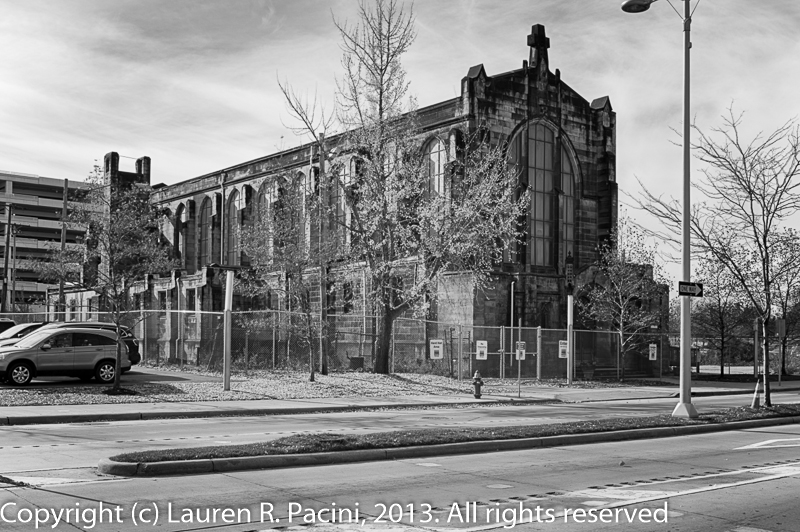
Historical information is limited, but what we do know comes from the Encyclopedia of Cleveland History. EMMANUEL CHURCH (EPISCOPAL) dates from 1871, when ST. PAUL’S EPISCOPAL CHURCH at Euclid and Case (E. 40th) St. opened Emmanuel Chapel at Prospect and Hayward (E. 36th) streets. Still under the supervision of St. Paul’s, a new Emmanuel Chapel was built in 1874 on EUCLID AVE.. east of Glen Park Place (E. 86th St.); in 1876 it was admitted to the Episcopal Diocese of Ohio as Emmanuel Church. In 1880 the frame Gothic building was moved slightly west and enlarged. In 1889 conflict resulted in the rector and a large number of parishioners leaving the Episcopal church altogether. They formed the Church of the Epiphany, Reformed Episcopal, and built a church on the other side of Euclid Ave. A period of growth for Emmanuel followed: a Sunday school was started in 1890 and a chapel in 1892, which later became St. Alban’s Parish.
In 1900 the firm of Cram, Goodhue, & Ferguson designed a new building for the Euclid Ave. site (8604 Euclid). A late Gothic Revival structure of stone, it was built as funds became available. The first section, 6 bays of the nave and a temporary chancel, was built in 1902. The remaining 2 bays and the interior were completed in 1904. A new brick and stone parish house replaced the older wooden one in 1924, but the tower of the original plan remained uncompleted. With the sale of adjoining property, the building debt was liquidated and the church consecrated in 1926.
In Oct. of 1991, Emmanuel Church merged with Incarnation Church, an Episcopal congregation originally established in 1891 at E. 105th and St. Clair, which later moved to a building at Ramona Blvd. The combined congregation remained in Emmanuel’s Euclid Ave. building, which was renamed the Church of the Transfiguration. Incarnation’s building was sold to Damascus Baptist Church after the merger.
The Cleveland Landmarks Commission listing shows the Church to have been constructed in 1901-02. Whether it was 1901-02, or 1902-04, it is clear that the Church was built near the end of the hey-days of Millionaire’s Row, and as horse and buggy were beginning to give way to the automobile. What is not yet clear to me is the circumstances that left the Church abandoned, as if the congregation simply walked away after the final Sunday service.
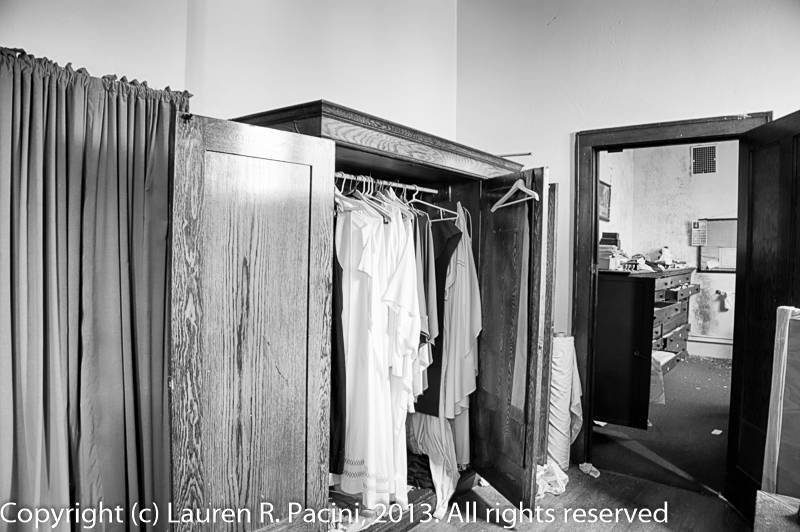
The parish was in the center of great social and economic change in the neighborhood during the 1950s-1970s. To remain viable, a variety of programs were started, including tutoring, legal aid, and a hunger center serving as many as 1,900 families per month.
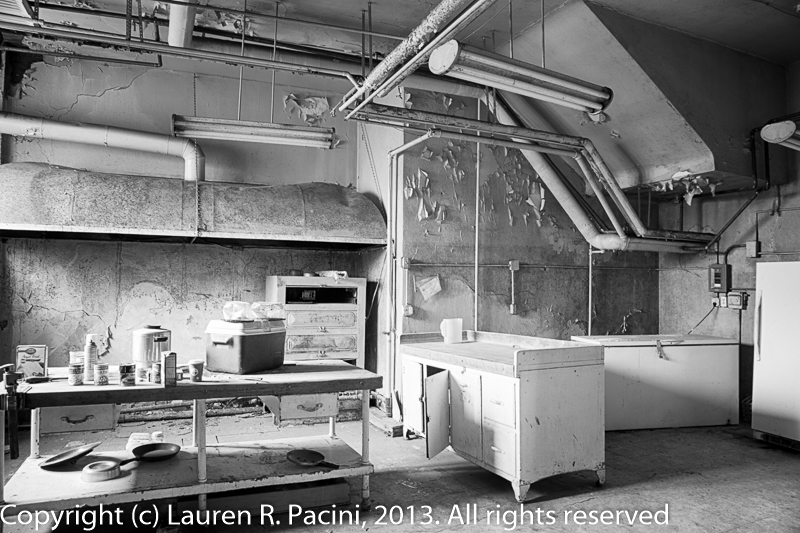
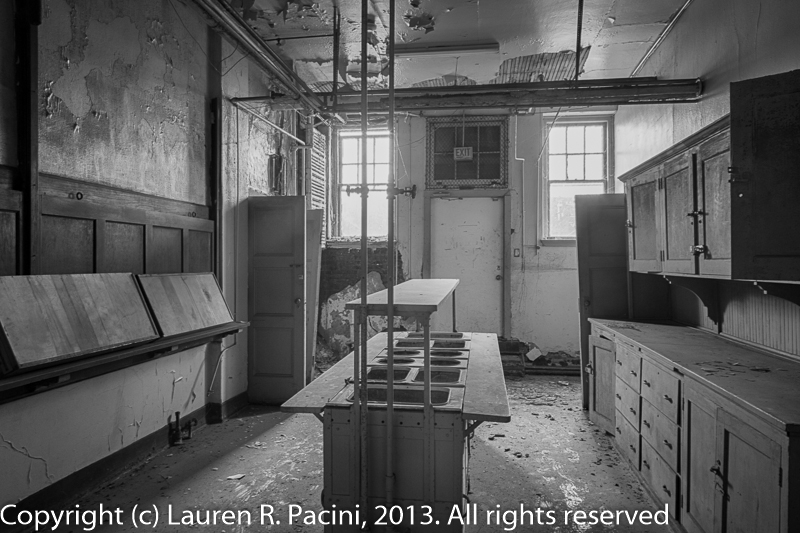
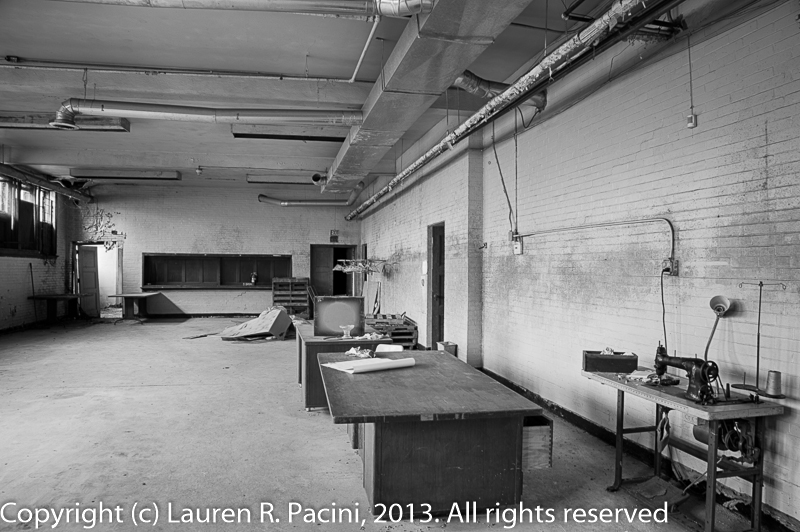
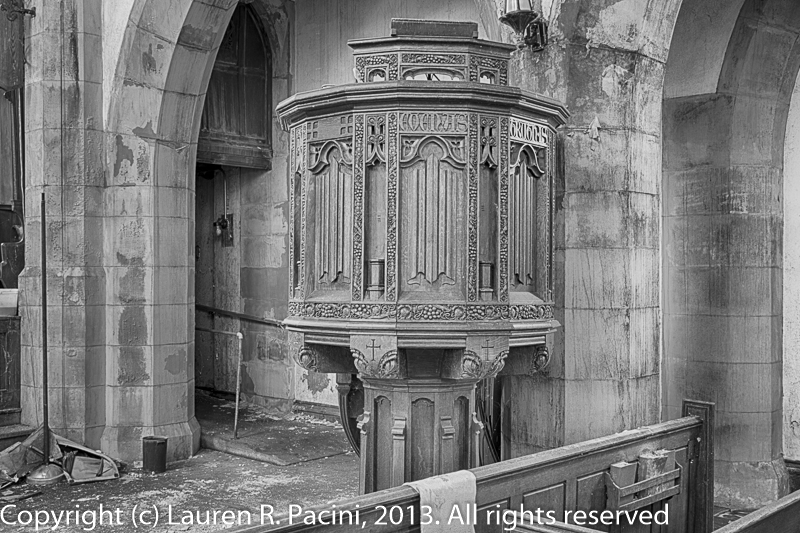
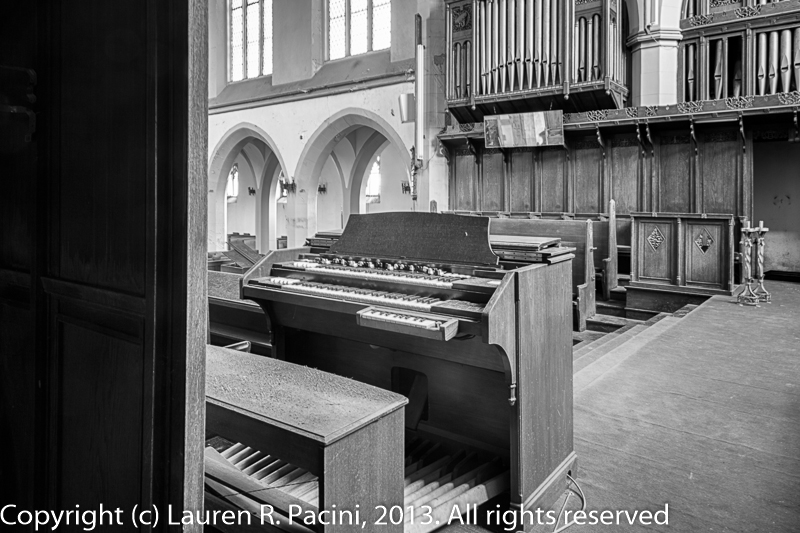
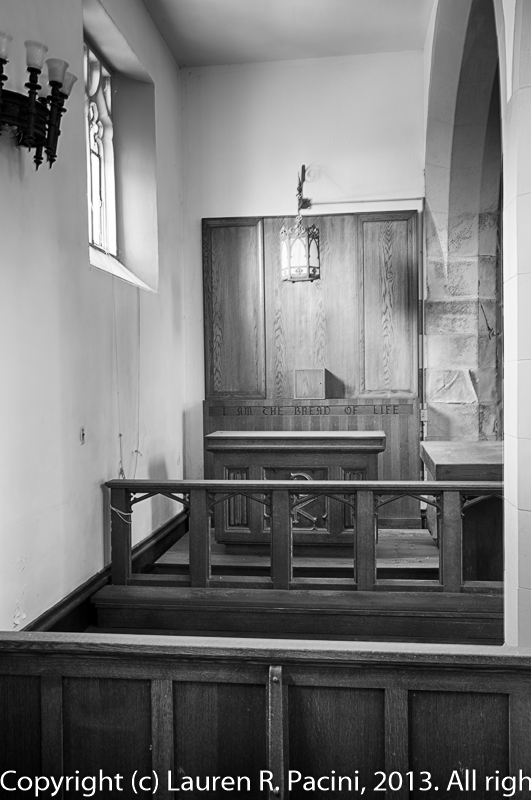
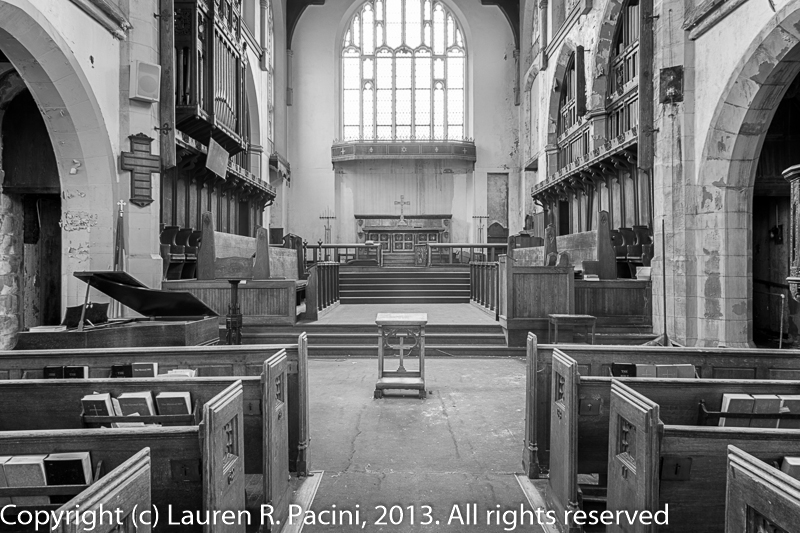
Deconstruction of the Narthex has begun in preparation for the demolition of the Nave and the Chancel. Photographic documentation of the deconstruction is under-way and will be posted soon. Please return to see the tedious work being undertaken to preserve the 33-foot wide Narthex for future reconstruction. If you missed Part 1, click here.
That Organ would be like Gold in the right sitting and hands capable of a rebuild.
Right you are, Rod. I appreciate your stopping by, and taking the time to comment. I hope you will subscribe the next time you are here, to receive emails of future posts. Happy Thanksgiving to you and Daria.
The Organ Piping from this Skinner Organ is being carefully disassembled by organ expert and organist Ronald Gibson of Oberlin. Unfortunately, the console is missing and several of the instrument’s component are water damaged beyond repair.
Ron has been in contact with several organ rebuilders who are interested in the pieces which have a pitch of 435, not the modern pitch of 440 adopted about 1917, so they are rare.
Thanks for your contribution to the discussion, Rick. I enjoyed the time that I spent with Ron yesterday, and was overwhelmed by the wealth of knowledge he shared! Come back soon!
What a jewel of a building. I hope the artifacts find good homes. Cram, Goodhue, & Ferguson was one of the truly great traditional architecture firms of the last century. Best wishes, Rick!
Thanks for stopping by, Bill. I will forward your comments to Rick. I hope you will stop by again as the project enters its final phase.
In the late ’40s and early ’50s my family lived in one of the apartments (now long gone) on 88th street near Carnegie. Both my mother and I sang in the Emmanuel choir, alto and soprano. I have many memories of that building; serving dinners and washing dishes in the kitchen, helping to paint the walls o the nave on Saturday afternoons, and best of all assisting the organist with little jobs on the Skinner organ. (I was small enough to get around in the lofts as he worked at the console.) ( It was VERY dusty!) Some time after we had left the neighborhood (about ’53) I remember hearing of a fire in the basement which had damaged the bottom of the console and wiring between the console and lofts. I see from the pictures that a new console has been installed and don’t know what happened to the original console, a 4 manual+ pedal affair.
Yes, jewel of a building. I still think of it.
Thank you for your memories, Jon. It is sad to all of us who have worked on this project to see the end of life for this beautiful Church. The deconstruction of the façade by WR Restoration is nearly complete, and some day will be reconstructed on an appropriate site. The artifacts are finding new homes. Your memory of helping the organist is similar to mine. I grew up in a Church where my father was the Minister, and the organist paid me 25 cents to hold down the keys on the console while he carefully tuned the pipes. It took hours, and for a flat rate of 25 cents in the early ’50s. I will never forget those experiences, as you have never forgotten yours. Thank you for stopping by.
Thanks for your excellent photos. There is no possible justification for the demolition of this really irreplaceable historic monument. It could only happen in a place where the people charged with protecting the historic heritage of the past do not understand the value of the building. A quick perusal of the other buildings landmarked by the commission reveals that Cleveland is demolishing one if its few truly valuable historic buildings…How sad.